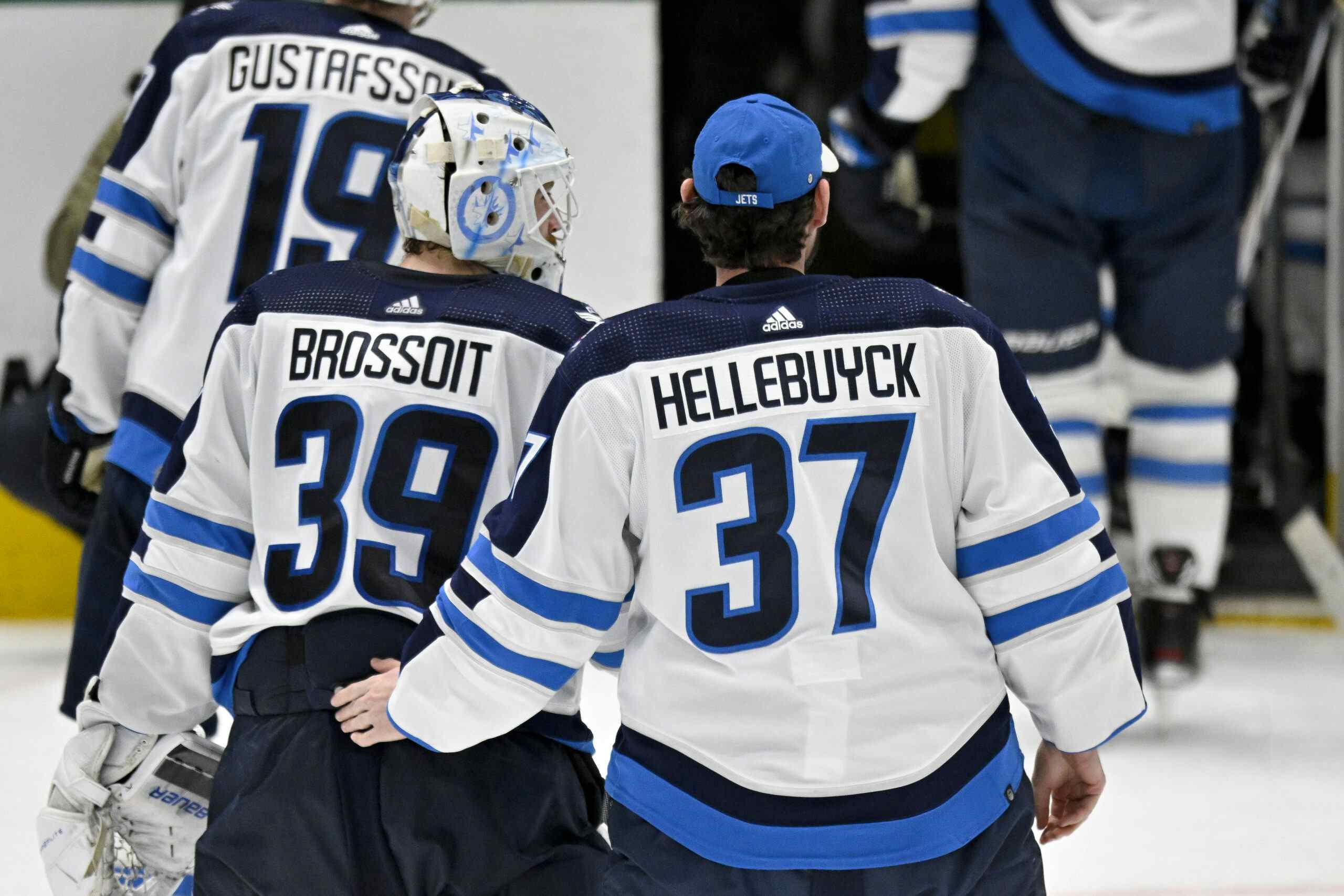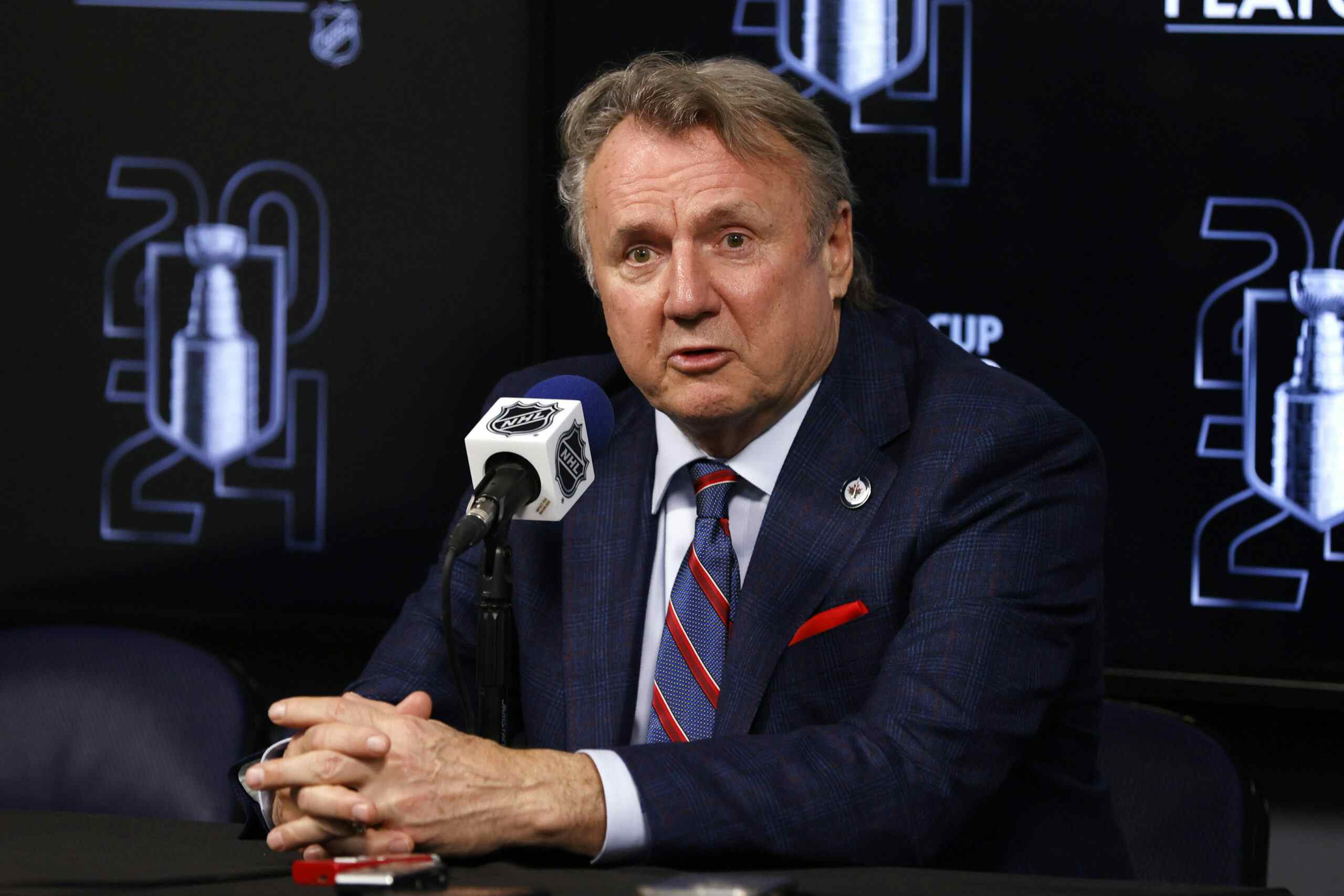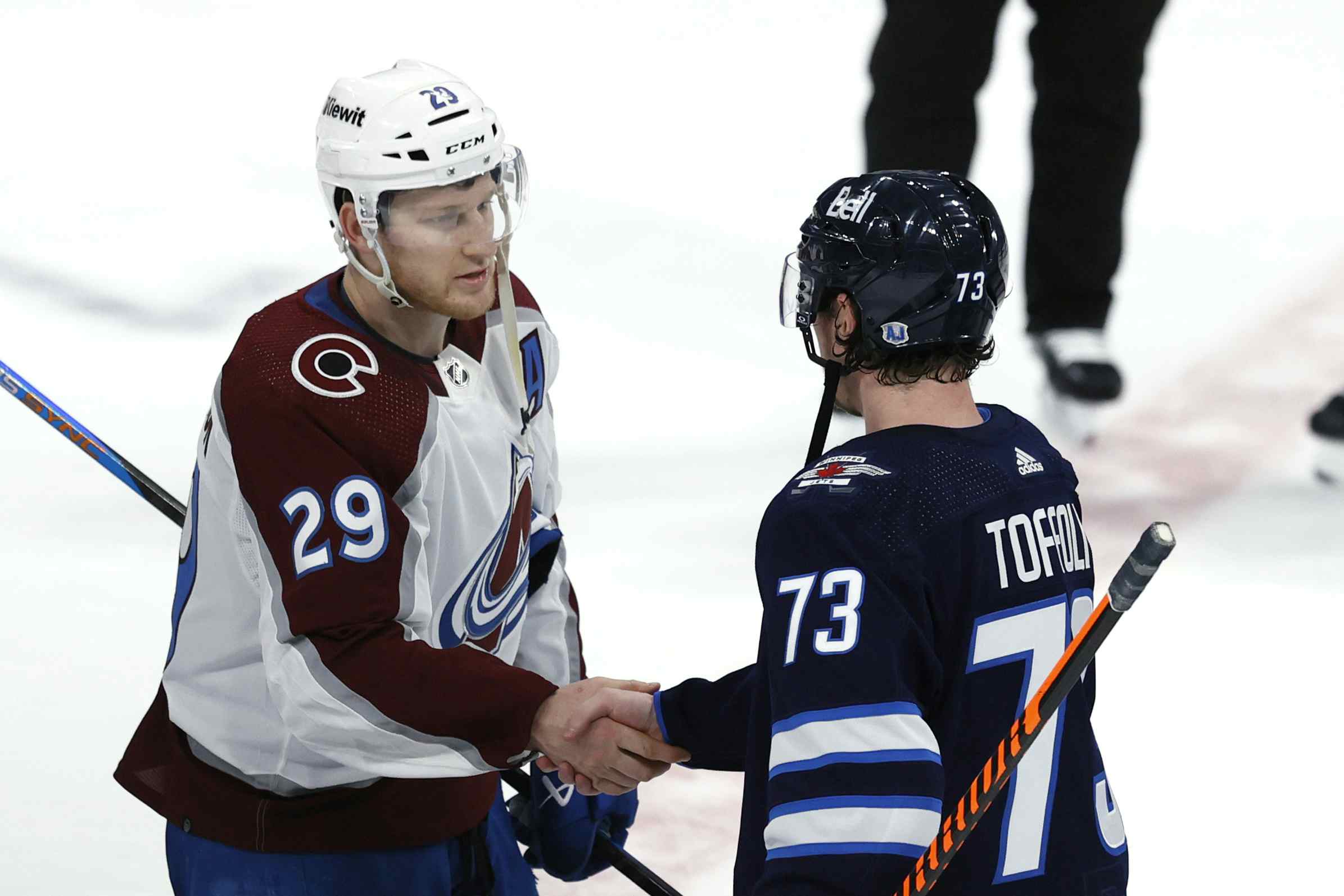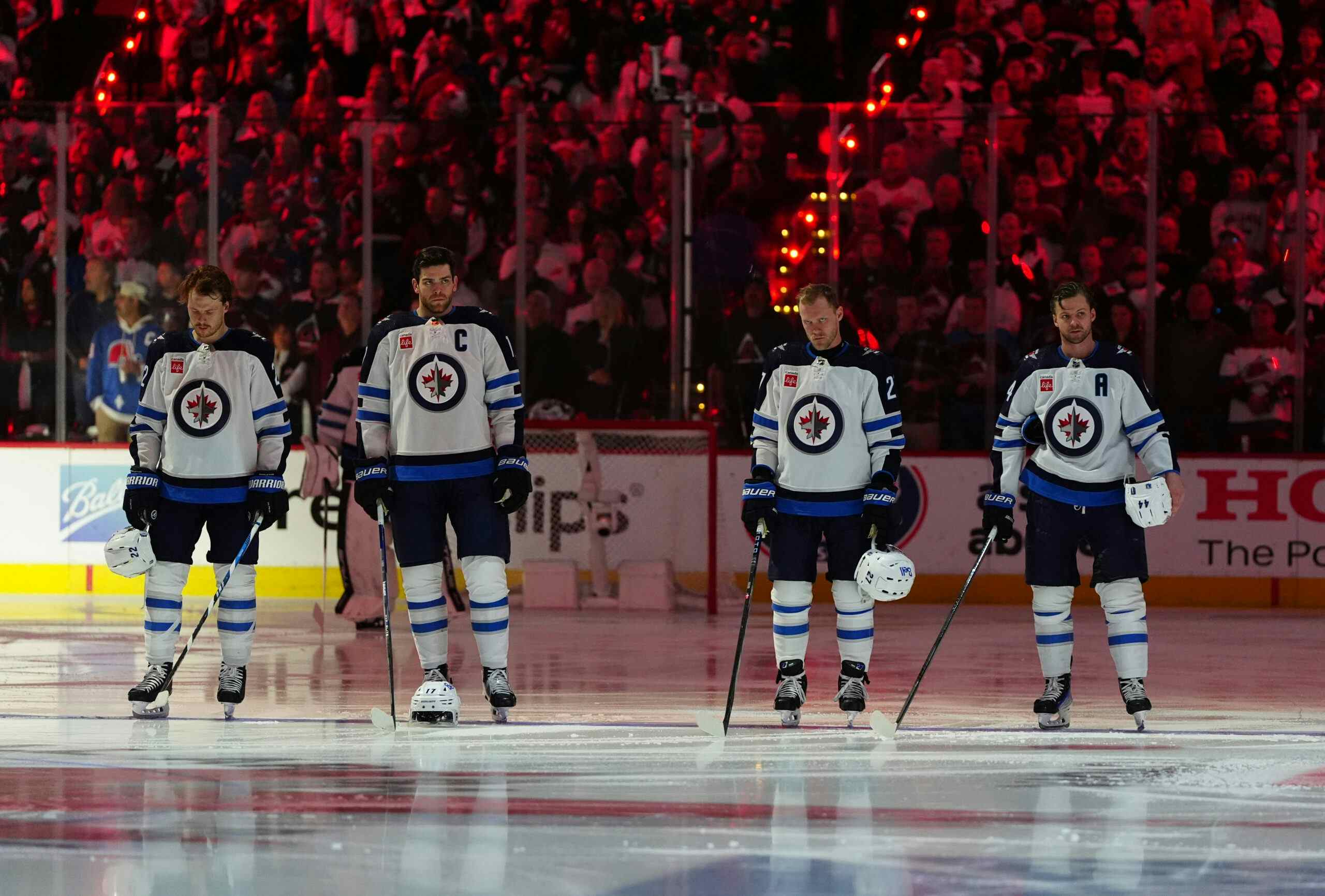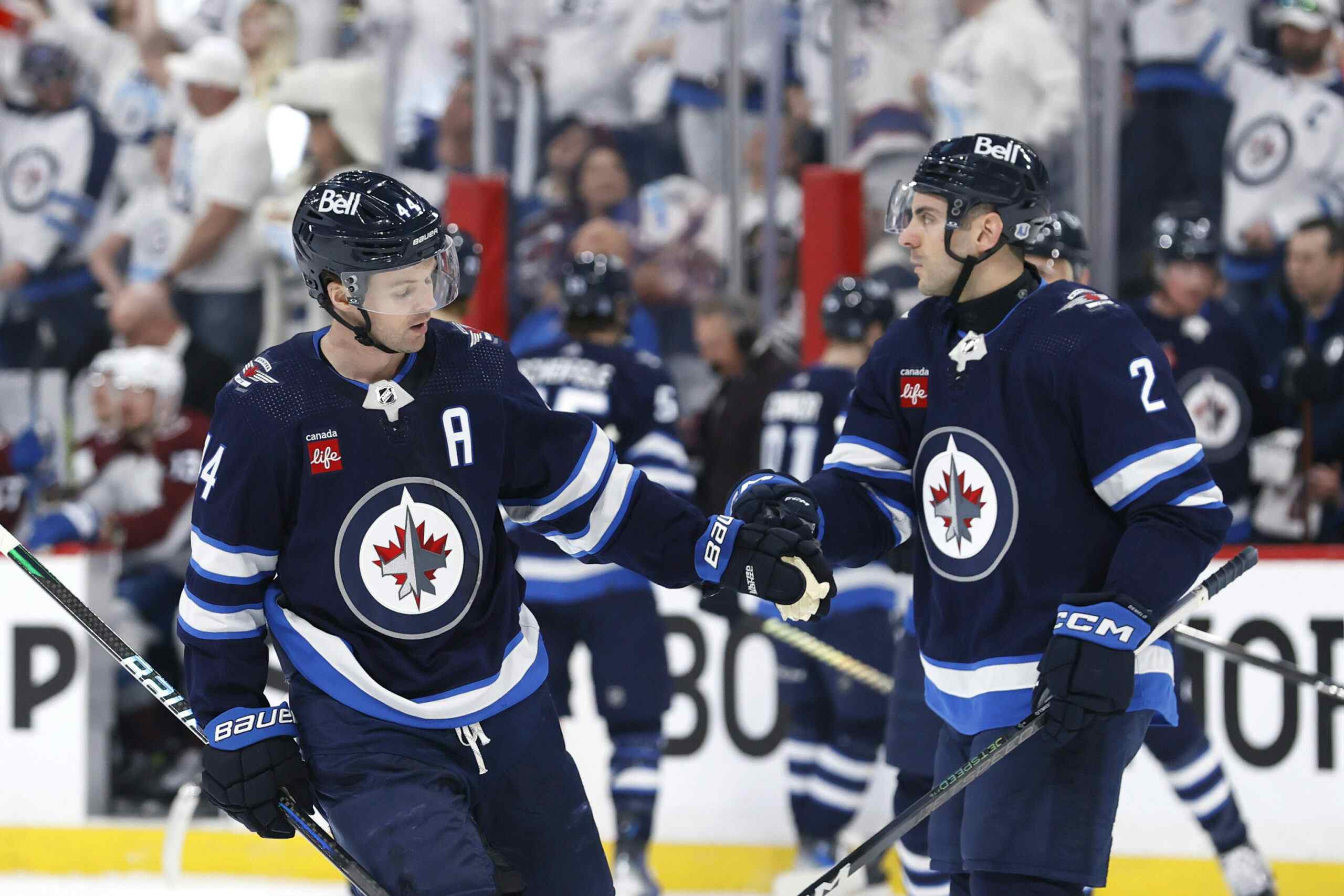All Settled?
By Ross Smith
10 years ago
With the recent settlement between the NFL and former players over brain injuries, our own Ross Smith offers a thoughtful opinion piece on the place head trauma has in sport and how it might change.
Professional hockey exists in two worlds simultaneously: the world of play and the world of business. Both have complex rules of conduct, both are literally and figuratively about goals, both attract participants of great ambition and will and these worlds coexist with varying degrees of harmony. Sometimes they sing like the Bee Gees, sometimes like Kanye West without Autotune.
Play just needs players: hockey can happen anytime with any willing group of folks who pick up a stick and some skates. Depending on your age or skill level you will mutually agree on what level of competition is appropriate. Most are going to agree that they want to go home to their families that night in relatively the same health they arrived in because the pursuit of fun doesn’t demand bone-crushing contact to make it any more satisfying. You glide, you sweat, you score, you save, you take some Aspirin before bed and tell your wife/brother/mom about your Datsyukian backhand goal.
When play becomes business, things change. Business needs consumers. Oddly, it pushes the players down the ladder a rung or two. Of course you need a product to sell but you need buyers for that product or else you’re just playing. As the business grows, and the fans (a uniquely dedicated consumer) become more enamored of it, the business-owner must push the players to deliver an even better product. They must glide faster, sweat harder, score more, save move, improve upon or shut down that Datsyukian backhand.
The play and the business evolve. From kinesiology to marketing, science and study update the strategies for success. Old ideas, if proven outdated and inefficient, are turned over to improve the play and the business alike. So, what if, somewhere along the way, during this evolution, it was discovered that part of what has brought success is actually mortally devastating to the players? Play would simply dictate, “stop”. No one needs to get hurt over a game, of course. What does business dictate?
The business has grown into a nearly self-perpetuating behemoth. Fans have internalized a relationship with the product that often supersedes mere reason. There is a love of the game that is, well, fanatical. The business owners want to give the fans what they want, or at least what they think they want. They are convinced that the intensity of the play must never abate lest the fans stop consuming it. The players, aware of the potential mortal devastation that looms every night, push harder still until one night, mid-play, someone has to call for a stretcher.
Take any professional contact sport and fill in the appropriate descriptors in the scenario above. It’s like a real life Mad-lib! What always surprises me in any analysis of the state of the game today is often the lack of one basic variable – the player as person: that young man who’s in the gym all day and on the ice/field/court all night. For most fans, the kid is just a number on a jersey. We marvel at their skill and admire their tenacity. For their teammates, family and friends, that’s Sid or Paul or Dirk. He likes Will Ferrell movies and mustard on his burger. He likes reading sci-fi. He knows all the lyrics from Enter The Wu-Tang. He hasn’t played for 45 games because he ‘s got a concussion.
We, the fans, hear the word concussion a lot. So much so that we take it as just another peril of the game that might befall the player, like a torn ligament or a separated shoulder. Did any of us, unless we happened to have suffered our own, have any idea of how serious a concussion could be? Be honest – did you think of a concussion more as a severe headache or as a life-altering brain injury? We didn’t know. A lot of people never knew but enough suspected and now research confirms it. Why then, as it becomes ever clearer how traumatizing a concussion can be, does play continue with the risk unmitigated? By whose demand? Not by the standards of play. Not by the friends and family of those at risk. Not likely by fans, no matter how attached they are to the logo on their jersey.
Meanwhile, as we eagerly await the start of hockey season, it’s Week 2 in the NFL. Just days ago, news came of a settlement in the massive class-action lawsuit that former players had filed against the league claiming that the league hid and obfuscated research about player safety related to concussions. The settlement is controversial, not the least of all because it doesn’t answer the most important question: did the league knowingly mislead players? Did they put the business ahead of the play and the player: the person? Personally, I have a hard time believing that you agree to a settlement if you have nothing to lose by going to court.
So it’s all settled and Week 1 came and went with little mention of the seriously un-fun topic of concussions and CTE and neurological debility. We support the troops but don’t want to see the killing or the killed. We want our hamburger but we don’t want to see the slaughterhouse. Those are some hack metaphors, I admit, but they’re not wrong. Junior Seau shot a hole in his chest. Because of football.
My own conjured image of his grisly suicide haunts me now whenever I sit to watch a game because I’ve made the causal link: this leads to that. I have a part in this as a fan. I’m the fulcrum for the play and the business. I want to enjoy this sport but I can’t turn a blind eye to such compelling evidence of harm to the players in what is essentially a silly game: an enormous, militaristic, jingoistic, profit-soaked and undeniably fun-to-watch silly game.
Naturally, it’s this last quality that is going to help the NFL make the news and assessment of the settlement disappear faster than a Tim Tebow employment contract. The fervent devotion of a fan can help any league weather substantial controversies. Lockouts, injuries, criminal offenses: none of these seem to damage a venerable sports institution for very long, least of all the juggernaut NFL. With the quick dispatch of an indisputable concern we’re all complicit in allowing disability and death for our Sunday afternoon entertainment and the league will drive downfield like nothing was ever the matter. There will be platitudes about safety, dumb-show crackdowns on head-to-head hits and horse-collar tackles and then let’s get Hank JR. to glue on his weird beard and sing the Monday night anthem; we’re ready for some football!! And then there will be another suicide.
And, maybe eventually there will be a way to detect CTE other than an autopsy. And then we really have to ask the questions we keep avoiding because it can’t be okay, can it? Not in football, not in soccer, not in wrestling or MMA and certainly not in hockey.
Does what’s just transpired in the NFL now set a legal and moral precedent for how the NHL deals with its player-safety issues? Even without a class-action suit, hockey has its own muddy history of facing these concerns. Only weeks ago the report that looked at the effectiveness of new rules aiming to curb concussions showed the league coming up woefully short, mostly due to subjective implementation and a failure to address all potentialities including (Good ol’ Canadian!!!) fighting. The list of players’ careers hampered or shortened by concussion keep adding up over the years: Crosby, Pronger, Kariya, Lindros, LaFontaine, Primeau (please, add to the list, I’m sure there’s plenty more!) and all we seem to do in response is tut and sigh and say, “Well, that’s hockey…”
Tough guy mentality still runs deep in the upper echelons of the NHL and I can’t help but wonder that if they see the NFL getting off so lightly when it comes to head injuries that they must be feeling confident about a continued policy of half-measures when it comes to protecting their own assets. Do enough to show concern but not enough to “ruin the game”. Say the right things, drag their heels and when the next early retirement or too-late CTE diagnosis (Probert, Boogaard) comes along, they’ll claim they’re looking at better processes or whatever media-safe jargon the lawyers approve.
Am I being overly cynical or sensitive? Are concussions really a make or break issue for contact sports? Is it clear enough, dramatic enough to affect the fans’ devotion? What if it was your son or brother or husband? As fans of professional-level sports, we have to accept that play is business but we don’t have to accept that business requires the willful destruction of the players. In fact, shouldn’t we demand otherwise? For Sid, for Paul or for Dirk? We can dictate. We can improve. We can evolve.
Recent articles from Ross Smith

